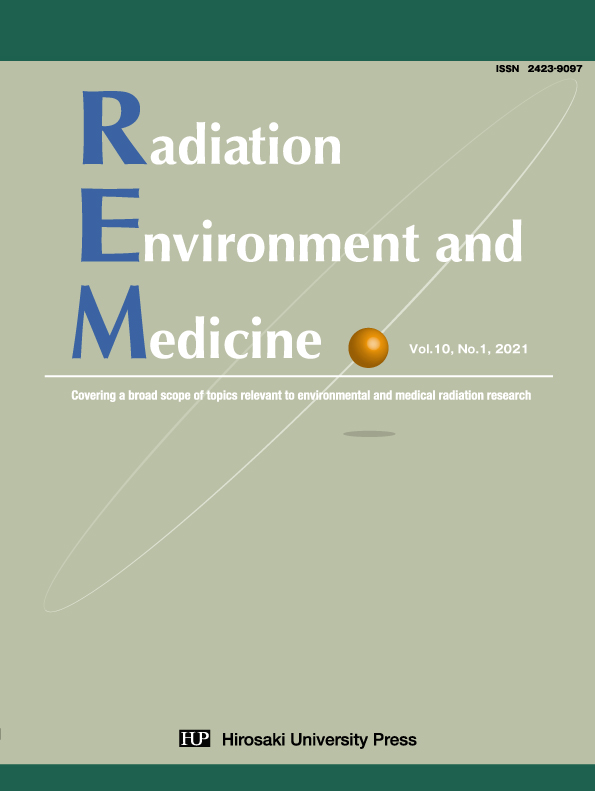Radioprotective/Mitigative Ef fects of Thrombopoietin Receptor Agonists
View article content
Ikuo Kashiwakura and Masaru Yamaguchi
Department of Radiation Sciences, Hirosaki University Graduate School of Health Sciences,
66-1 Hon-cho, Hirosaki, Aomori, 036-8564, Japan.
- Abstract
Since the discovery of X-rays in 1895, radiation has been widely used in medicine and industry, but its biological effects on health have also been a problem. A group of researchers in the United States discovered in 1948 that large doses of cysteine administered prior to radiation exposure could protect mice exposed to whole-body X-rays from radiation damage. Around the same time, a group in Belgium also reported a similar effect on cysteamine, a breakdown product of cysteine. Currently, the International Atomic Energy Agency recommends either granulocyte colonystimulating factor (G-CSF) or granulocyte macrophage colony-stimulating factor (GM-CSF) for acute radiation syndrome (ARS) due to moderate to severe exposure of 2 – 6 Gy and interleukin-3 in combination with G-CSF, GM-CSF, erythropoietin and thrombopoietin (TPO) for more severe or lethal doses ( >6 Gy). In addition, the U.S. Food and Drug Administration approved G-CSF, pegylated-CSF, and GM-CSF for hematopoietic ARS. There have been many reports on the radioprotective/mitigative agents, and several excellent reviews have been published. This review focuses on TPO and its receptor agonists, which are expected to be utilized in the future, and outlines the process from its discovery to its approval as a pharmaceutical drug, action, and future prospects.



